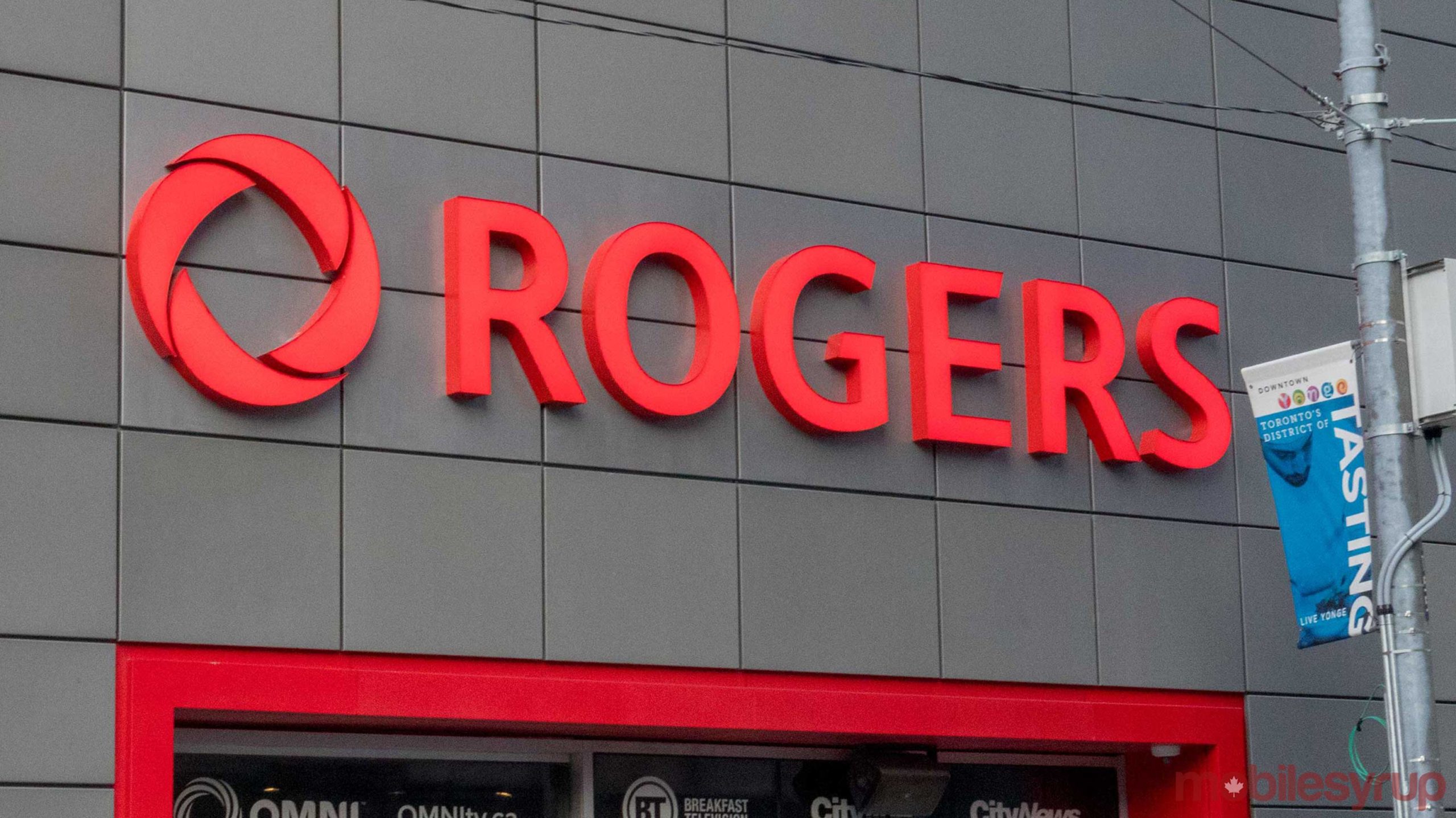
During Rogers’ Q4 2019 earnings call, Joe Natale, Rogers’ CEO, said the carrier “just finished testing Canada’s first 5G device from Samsung, which will become available in March.”
Natale did not provide any further details regarding speed or coverage beyond mentioning that the tests were performed with a 5G device from Samsung. It’s unclear what smartphone Natale is referring to given Samsung sells a 5G version of the Galaxy Note 10, S10, Fold and A90 in several regions around the world, but not Canada.
It’s also possible Rogers’ tests could have been performed with the still unannounced but often-rumoured Galaxy S20, which is also expected to be available in a 5G specific version. It’s unclear if this is an indication that Samsung has plans to bring a 5G device to Canada in 2020.
Rogers has started to roll out Canada’s first 5G network in downtown Vancouver, Toronto, Ottawa and Montreal so it is ready when 5G devices become available. It’s important to note that no one is able to use the network yet, as there aren’t any phones authorized to run on it.
The 5G network will initially use 2.5 GHz spectrum in the downtown cores, and will expand to use 600 MHz spectrum later this year.
“Last year we secured 80 percent of the available 600 megahertz spectrum in every single province and territory this premium 5G spectrum provides great propagation across long distances and through dense urban environments,” Natale said during the call.
On a separate note, Natale seemed to reference the CRTC by calling for regulatory certainty, and stating that “punitive regulation” could ultimately slow down the deployment of 5G.
“We need regulation that encourages investment and fuels innovation. Punitive regulation will slow 5G deployment,” he said.
This refers to the federal government stating that it will force more competition for wireless services in Canada. It’s committed to doing this by creating more competition through mobile virtual network operators (MVNOs).
Innovation Minister Navdeep Bains has been tasked with cutting cellphone bill prices and boosting competition.
“You will work with telecom companies and expand mobile virtual network operators (MVNO) in the market. If within two years this price target is not achieved, you can expand MVNO qualifying rules and the Canadian Radio-television and Telecommunications Commission mandate on affordable pricing,” his mandate letter read.
The Canada Wireless Telecommunications Association has previously said that mandating MVNOs could put the country behind on 5G deployment.
The national carrier has approximately 9,438,000 postpaid subscribers and 1,402,000 prepaid subscribers, according to its Q4 2019 earnings report. By the end of 2019, Rogers reports a total of around 10,840,000 wireless subscribers.
With files from Patrick O’Rourke.
Update 23/01/20: Samsung Canada provided MobileSyrup with the following statement: “We are focused on being a 5G leader in Canada. Being the first to put 5G in consumers’ hands is one of the ways Samsung will do that.”
MobileSyrup may earn a commission from purchases made via our links, which helps fund the journalism we provide free on our website. These links do not influence our editorial content. Support us here.


